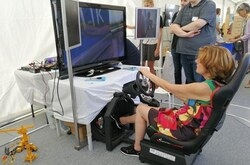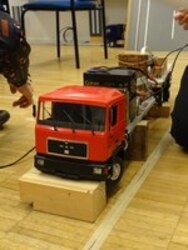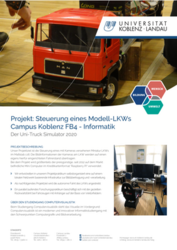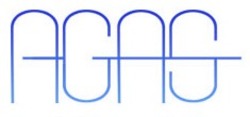Kurzfassung
The project “Projekt- und Forschungspraktikum Uni-Truck Simulator” was started in the summer term 2019 with the goal to freely steer a truck at a scale of 1:16 with a logitech racing wheel and three cameras which represent the car mirrors. In cooperation between the Active Vision Group, the workingroup Zöbel and ten dedicated students studying either computer science, computer vision or information systems the truc was prepared for its performance at the Rhein-Land-Pfalz day in Annweiler.
...
The project “Projekt- und Forschungspraktikum Uni-Truck Simulator” was started in the summer term 2019 with the goal to freely steer a truck at a scale of 1:16 with a logitech racing wheel and three cameras which represent the car mirrors. In cooperation between the Active Vision Group, the workingroup Zöbel and ten dedicated students studying either computer science, computer vision or information systems the truc was prepared for its performance at the Rhein-Land-Pfalz day in Annweiler.
The project was based on an existing hard- and software solution that had been developed by the workingroup Zöbel. The hardware included the truc with possibilities for charging from battery or external power supply as well as the racing wheel. The existing software was dedicated to maneuver the truc over a plain field using the racing wheel for steering and included starting points for backwards steering as well.
The goal of the project was to reactivate the truc with all the associated hard- and software and provide a documentation in order to make it easily accessible for student projects in the future. In addition the truc was fit with three USB cameras positioned directly behind the windscreen for the forward view and at the two windows representing the rearview mirrors. The camera images were transmitted using Raspberry Pis and projected onto three displays in front of the racing wheel, making it possible to steer the truc without a direct line of sight to it. This principle was successfully tested and demonstrated at the Rhein-Land-Pfalz day in Annweiler.
For transmitting the images, the three cameras as well as three sending Raspberry Pis were used. To power these we had three USB-Powerbanks to provide the necessary flexibility of range. We set up a router to provide a network of communication between the devices. The sending Pis on the truck used Wifi for data transmission. For receiving the images, three additional Raspberry Pis were connected to the router via ethernet cable.
A cooler had to be added to the roof of the truc to prevent the Pis from overheating during longer periods of usage. The cabinet of the truc wasn’t fit to accommodate three cameras, so we designed and 3D printed our own version with perfect mounting points for the cameras.
Software system:
The existing software was cleaned up and documented according to modern standards. Now, the system also contains some new scripts for network communication, camera calibration and the communication between the Raspberry Pis. This provides the groundwork for further project to focus on algorithmic problems, such as autonomous driving and backwards driving assistance for large vehicles, using this system.
Student roles for the project:
Project management: Emma Kraft
Representative Project management: Dominik Franz
Quality assurance: Christopher Dreide
Infrastruktur: RLP: Shavkat Sultanov | Koblenz: Tim Krämer
Technical Chief Designer: David Glaßer, stellv. Jan Faulde
Media representative: Jan Faulde
Hardware: Meik Falkenstein, Roland Schmidt
Documentation representative: Jan Arenz
Git: Christopher Dreide
» weiterlesen» einklappen
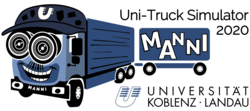
Projektteam
- Dietrich Paulus
- Mitarbeiter/in
(Institut für Computervisualistik)
- Dieter Zöbel
- Mitarbeiter/in
(Institut für Informatik)
